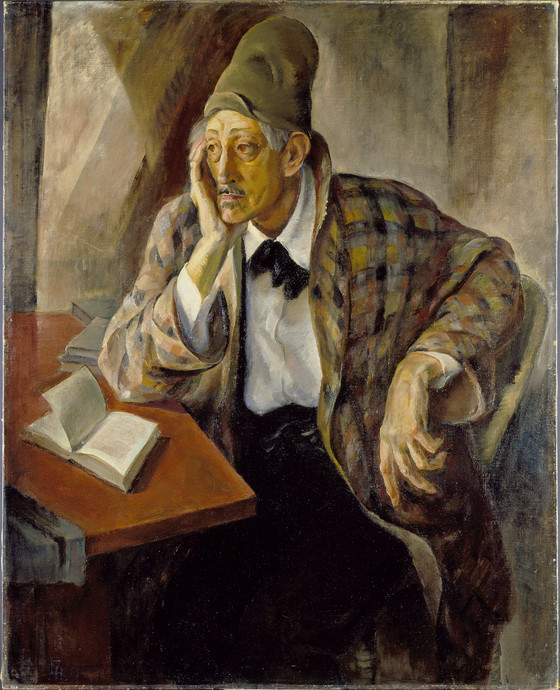Carl Sadakichi Hartmann (1867-1944) was one of the most astute art historians and critics of the early twentieth century, best remembered for his History of American Art (1901) and perceptive reviews ...
Carl Sadakichi Hartmann (1867-1944) was one of the most astute art historians and critics of the early twentieth century, best remembered for his History of American Art (1901) and perceptive reviews and essays on photography published in Camera Work Always ahead of his times, he edited and published two of the earliest avant-garde magazines in America, wrote reviews for newspapers (often using the pseudonym Sidney Allen), and was instrumental in bringing the symbolist movement to the attention of people in the United States.
An eccentric character, Hartmann was involved in such unusual ventures as the production of the first perfume concert in New York in 1902. He spent his most creative years in New York but due to asthma moved to California in the early 1920s. His health continued to deteriorate, worsened by the effects of alcohol. He became involved in the Hollywood circle of actors around John Barrymore and more importantly in the group of artists centered around the home of Margery Winter. Among the artists he met there was Ejnar Hansen, with whom he formed a long and close friendship.
Hartmann thoroughly enjoyed posing for artists and during his life was painted and photographed by numerous American and foreign artists. Hansen drew, painted, and sculpted Hartmann many times. This painting is probably his best-known portrait of Hartmann. Hansen was exceptionally perceptive in conveying old age, and in all of his portraits of Hartmann the artist did not balk at making an honest portrayal. Hansen clearly depicted how greatly ill health and dissipation had aged Hartmann. Yet Hansen was also very sympathetic to the man whom many in Los Angeles considered a mere caricature of what he had been. Hansen continued to convey Hartmann’s intelligence, even entitling one of his portraits The Old Philosopher, 1940 (estate of the artist as of 1965). In the museum’s portrait Hartmann thoughtfully sits next to a table full of books, as if he has paused to contemplate what he has just read. With his hand to his head, Hartmann appears in the traditional pose of the thinker. The soft light filtering through the interior and the delicate browns, grays, and oranges create a protective, mellow atmosphere around the tired Hartmann.
This portrait won the Foundation of Western Art’s first prize for the best painting of 1934. Generally considered to be one of Hansen’s masterpieces, it demonstrates his conservative interpretation of Cézannesque form, composition, and brushwork.
More...
